In this edition of Celebrity Travel Addicts, we speak with travel journalist and photographer Stephen Lioy of Monk Bought Lunch. We speak with him about how his passion for travel began, what life is like in his home base of Kyrgyzstan, the time he spent teaching English in China, and much more. Check out his advice for fellow travelers and find out where he’s headed next!
My first major trip was a two-week university trip to Paris in 2006 that I stuck around after to backpack through France, Italy, and Germany. Everybody I knew at home kept describing it as a ‘once in a lifetime opportunity’ and so I think from the outset I was determined to do it again at some point, but the final week was at the World Cup in Germany; something about the way that event brings together the whole world in a sense of celebration was so addictive, and left me wanting to travel more and experience more of the world’s cultures.
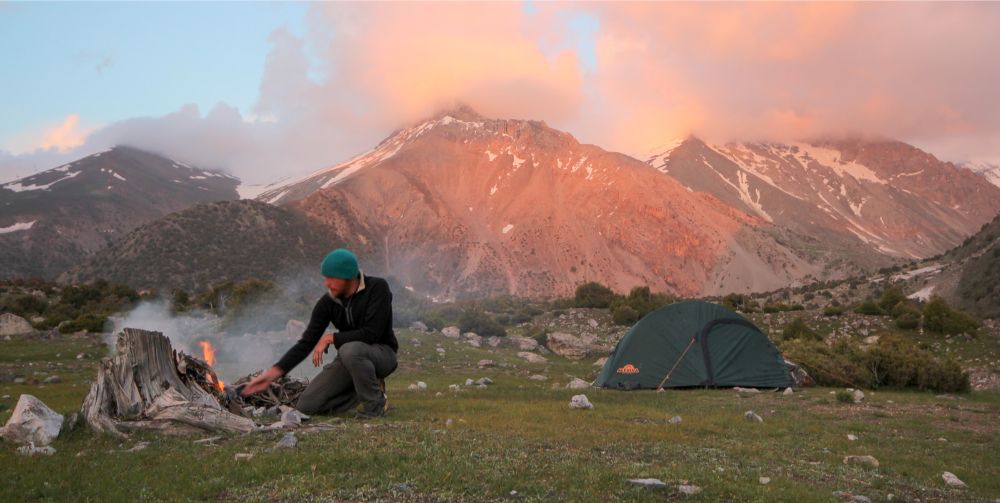
Probably 75% of the year I’m on the road, mostly for work but occasionally for just a bit of personal exploration as well. Mountains and rural areas call to me the most, but of course the joy of life is in the contrasts and I love a good thriving city to explore once in a while as well.
Very different, those two.
Louisiana is famous for culture, really: the architecture of New Orleans and the Cajun/Creole food of the south and the music and joi de vivre that’s expressed so often in parties and festivals. There’s some low-key beautiful nature around as well, but most visitors would be well-advised to stick to the standards of partying in New Orleans and eating boudin in Lake Charles and maybe hitting up Mardi Gras or Voodoo Fest or some other big festival that pulls in the crowds and amps up the atmosphere.
Kyrgyzstan, on the other hand, is all about nomads and mountains. Nowhere else I’ve ever been has traditional lifestyles so easily accessible to the average tourist, and this fascinating historical background is coupled with perhaps the most beautiful mountain landscapes on earth. I wrote the Kyrgyzstan chapter in the most recent Lonely Planet: Central Asia so perhaps I’ll just say: go do all of that!

Patience! And also that I speak way too quickly. While I was obviously already into travel by this stage of my life, I think this is where I really found the joy of long-term independent travel. Teachers get massive vacations, after all, and where I lived in China (Shenzhen) had great access to pretty much all of East Asia. It was so easy to leave the day a long break started and roll back into town the day before classes resumed, picking up anywhere from two or three days to two or three months worth of new experiences on the way.
It started largely because of my time travel blogging. In fact, I was invited on a small FAM trip in Kyrgyzstan to highlight a little up and coming destination called Jyrgalan in 2015 (a post from that, for those interested) and on the way back to Bishkek I got into a long conversation with the head of the sponsor project (USAID’s Business Growth Initiative) about tourism development in the country and specifically how the World Nomad Games could be improved for the 2016 iteration. Some months later they got in touch to ask if I’d be interested in working with them to arrange a FAM trip for those 2016 World Nomad Games, and I’ve been working with similar projects since (including a stint as a cartographer, as well, working with local partners to make trekking maps in areas across Kyrgyzstan where those either didn’t exist or were severely out of date).
I think the two types of work tie together really well, actually; traveling in and writing about a destination is one of the best ways to really get to know a place, but we don’t always have the reach we would like in telling the world how great that place is. Working with these development projects has not only helped spread the word about how incredible Central Asia can be as a travel destination, but also give me a real sense of personal fulfillment to see that I’ve contributed to the region’s and especially Kyrgyzstan’s tourism industry and helped shine a positive light on both for the rest of the world to see.
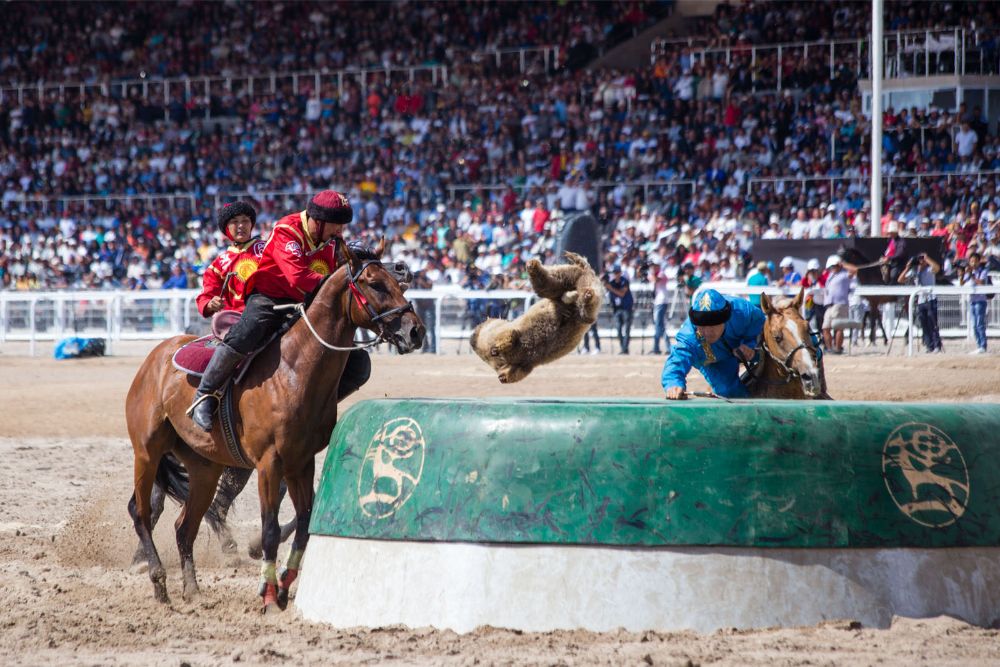
Mostly that the fears people have about exploring the world are almost always internal to them, rather than external factors of the places they’re afraid to go to. Get out there and explore and stop worrying about the ‘what ifs’.
I refuse to answer that, because it’s so contextual, but I will say that the top three places I always look forward to going back to are:

I definitely know Kyrgyzstan the best out of those three, so the Top 5 there would be:
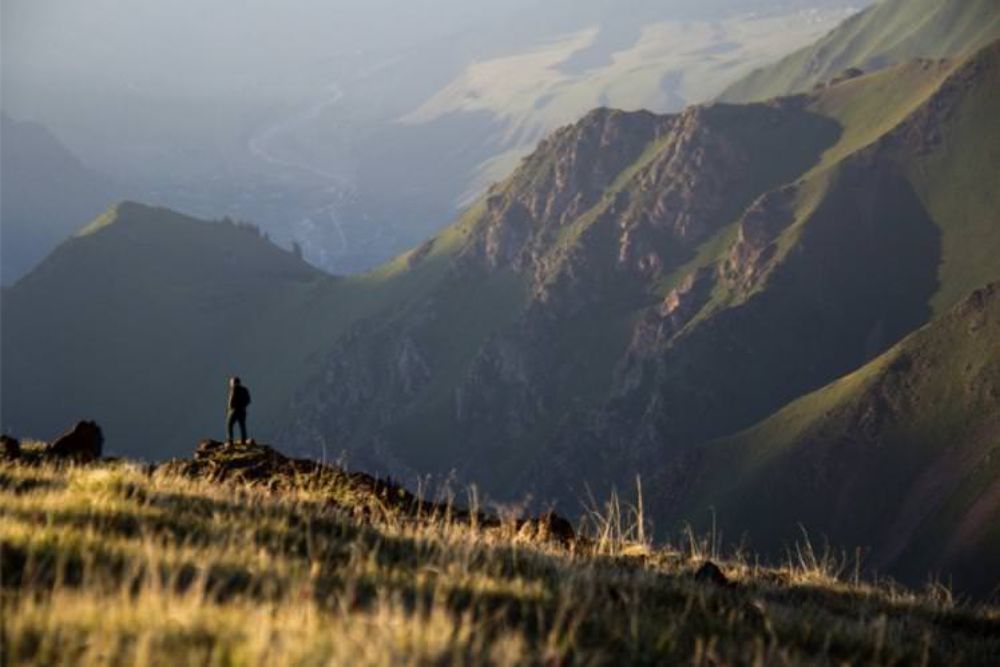
Sixty – Saudi Arabia was my most recent new country last December, and I’ve got four new countries (Morocco, Spain, Tanzania, and the Seychelles) already planned between now and Jan 2020. With any luck I’ll squeeze one or two more in somewhere between now and then!
Chinese, Indian, and Tex-Mex – the first two largely because of the massive depth of flavours, ingredients, and styles that are encompassed by the idea of Chinese or Indian food; the latter largely because it’s the comfort food and flavour of home but there’s also some seriously good taste and texture combinations that go into it.
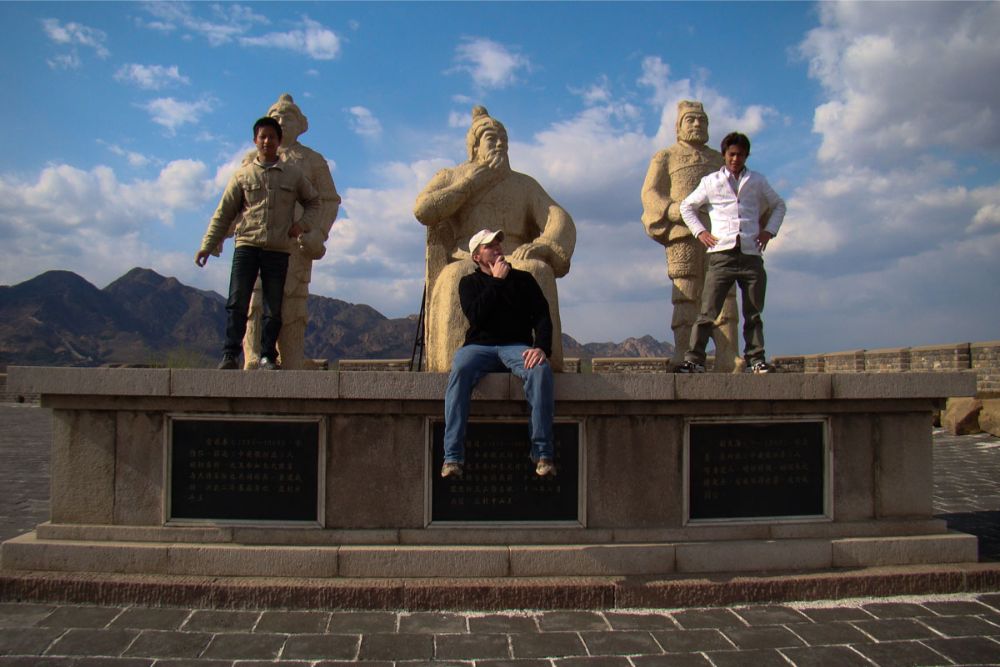
How does one even answer this, really?
The single most memorable meal I’ve ever had was on a date at Mielcke and Hurtigkarl in Copenhagen; something like 11 courses and all of them just unbelievably delicious. Excellent company didn’t hurt either, of course.
The restaurant I’ve longest wanted to revisit is Mi Tierra in San Antonio, Texas – they gave me perhaps the best molé sauce I’ve ever tasted anywhere, yet somehow every time I plan a trip back to San Antonio the world conspires to change my plans.
The place I’ve gone back to the most often as a traveller is Klimataria Taverna in Athens. I seem to end up in the city every year or two for at least a short visit, and a dinner here is one of the things I always try to make time for. The food is exceptional and the wine is free flowing, but it’s also about the vibe; there’s a cool mix of locals and travelers sitting around all night listening to live music and toasting heartily, plus the family that runs the place is heartwarmingly welcoming. Any time I’m introducing somebody to Athens for this first time, this is an absolutely essential stop on the itinerary; I’m just back from the city, actually, and even booked the hotel based mostly on proximity to this restaurant.
Midnight in Paris. No, hear me out. The protagonist is travelling, sure, and I think we can all agree that Paris is the best. But what really does it for me is how it captures so well that contextuality of travel that just can’t be communicated or passed on to the next person that comes after you. Owen Wilson’s character can’t really describe to or offer the other characters what his engagement with the city has been – for different reasons than most travellers, of course – but it’s precisely those indescribable and unrepeatable experiences that make his time in the city so special. Most of us aren’t time travelling to hang out with literary luminaries, but I think we’ve all had those moments of ‘nobody’s gonna believe this’ or those conversations of ‘I loved it there, but I had xyz happen so maybe it won’t be the same for you’.
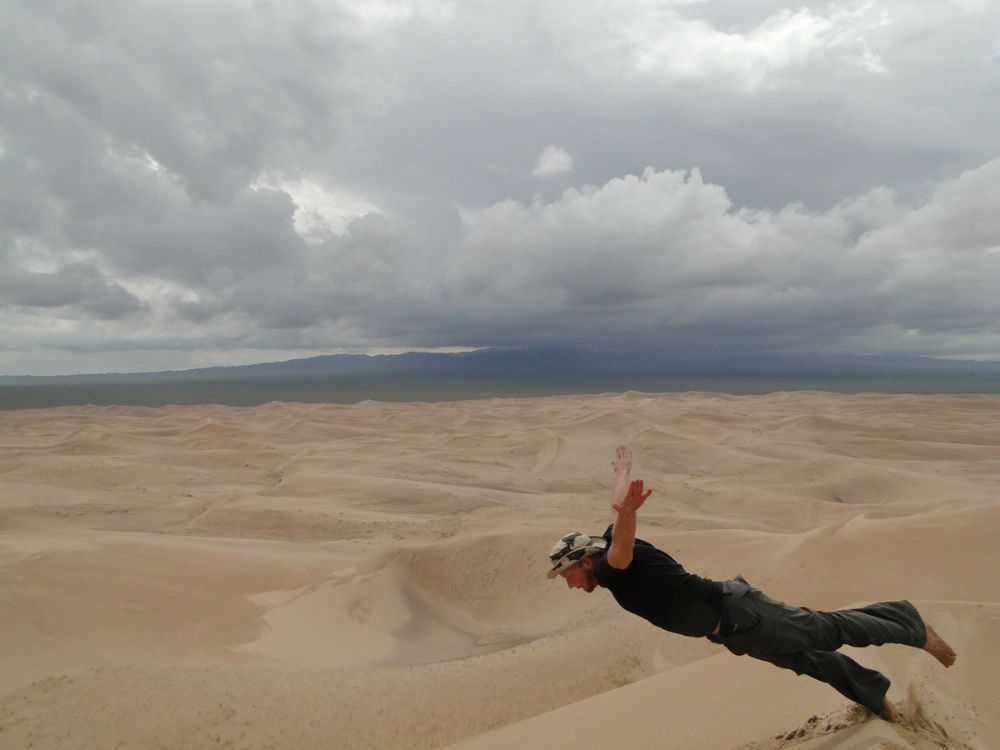
I haven’t been through in a while so I’m certain it’s even better than I remember, but Singapore Changi sets the bar against which all other major airports are measured against.
Cebu, perhaps? Nobody is as friendly as Filipinos, and Cebu has a little more laid-back vibe than Manila.
I believe I’m contractually obligated to say my fiancee, but luckily I think that’s the honest answer as well.
Books are my go-to, but recently I’ve also tried to get back into doing a bit of sketching as well. Books can be a great way to build up the background cultural understanding of a place if I can find a good local author in a language I know. Sketching (much like photograpy) really demands a deep look at what it is that makes something beautiful, plus the time it takes to sit and draw something leaves a more lasting impression of place for me than a quick photo snap before moving on to something else.
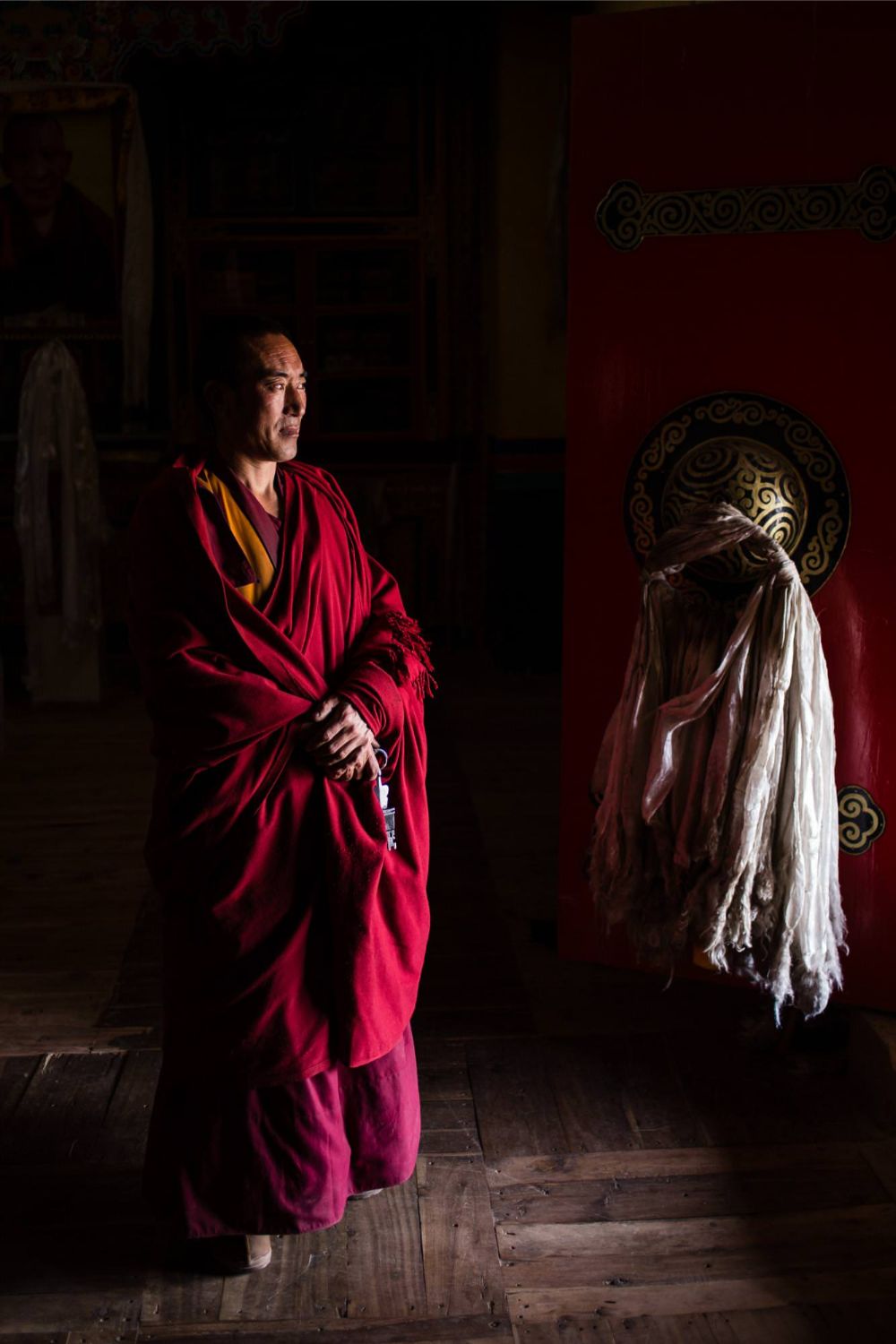
Afghanistan, Eritrea, and Tibet all seem to surprise people. Afghanistan and my first trip to Tibet were just for fun as a tourist curious about places that Westerners don’t spend a lot of time traveling. Eritrea and Tibet round two were both to work on guidebook chapters for Lonely Planet; both challenging but rewarding experiences and well off the traditional tourist stomping ground of their respective regions.
Pack half the stuff, save twice as much money, and always keep toilet paper in your daypack.
To skip over the literal answer of passport and etc, the four things that make my travels more rewarding are:

Antarctica. Two of my favourite travel bloggers at NOMADasaurus posted some of the most epic landscape photos I’ve ever seen from a trip down there, but it’s the kind of place that takes serious free time and spare cash so I just haven’t made it happen yet.
That old Mark Twain favourite from The Innocents Abroad still rings very true to me:
“Travel is fatal to prejudice, bigotry, and narrow-mindedness, and many of our people need it sorely on these accounts. Broad, wholesome, charitable views of men and things cannot be acquired by vegetating in one little corner of the earth all one’s lifetime.”
I’ve got a trip coming up for a consulting commitment in a few weeks to Uzbekistan & Tajikistan; there’ll be some cool cultural stuff and a couple days of hiking in one of my favorite corners of Tajikistan: the Fann Mountains.
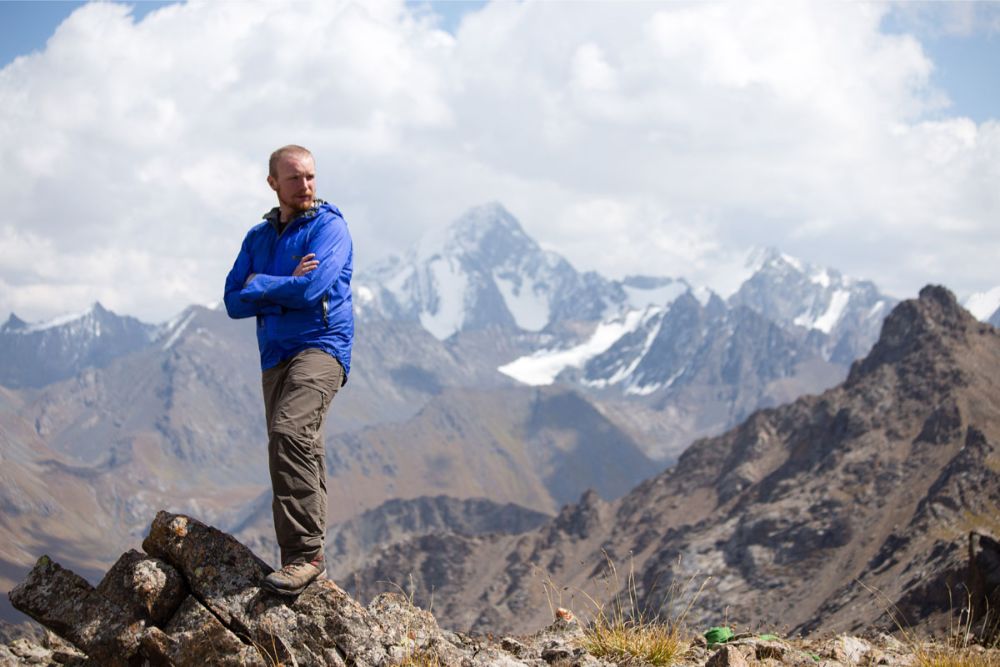
When not in the field researching as a guidebook author, Stephen Lioy is a photographer, hiker, and travel blogger based in Central Asia. A “once in a lifetime” Eurotrip and post-university move to China set the stage for what would eventually become a semi-nomadic lifestyle based on sharing his experiences with would-be travellers and helping provide that initial push out of comfort zones and into all that the planet has to offer. Follow Stephen’s travels at www.monkboughtlunch.com or see his photography at www.stephenlioy.com. Follow him on social media on Instagram, Facebook, Twitter, and Pinterest!
Counter
101 Countries • 1432 Cities
Davelyn says:
Awesome article and such an interesting life. Safe travels!!